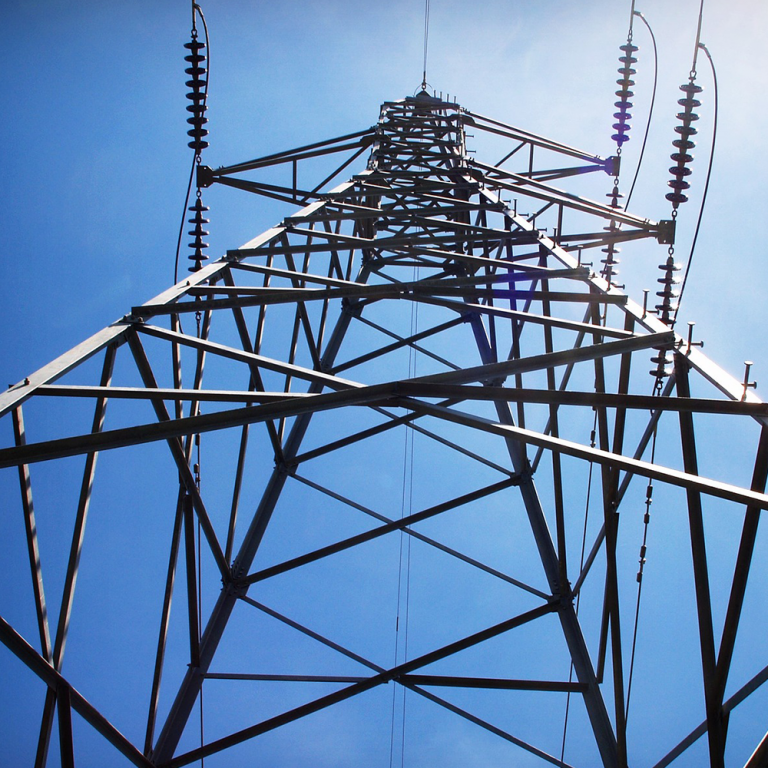As power utilities around the world continue to move towards more renewable solutions, the distribution of power is evolving as well.

Conventional power sources like coal, gas, nuclear and even hydroelectric power stations transferred the electricity long distances to users.
New renewable sources like wind and solar are forcing utilities to re-image how power can and should be distributed.
Researchers at the School of Engineering on the Okanagan campus of the University of British Columbia are on the cutting-edge of this transition.
“Changing systems that have been around for decades is no easy feat” explains assistant professor Liwei Wang.
Working with Enbala Power Networks, based in North Vancouver, Wang and his team are developing software that ensures distributed energy resources are managed accurately and effectively.
According to Wang, many challenges exist when building distributed energy resource management systems. “Reliability, security and speed of communication channels are all vital components to the system but so are cost and appropriate testing facilities.”
Through a recent Canada Foundation for Innovation grant, Wang, his colleague Wilson Eberle (associate professor) and their graduate students have built a state-of-the-art facility for simulating distributed energy resource management systems. The equipment allows for testing of physical and virtual assets within a controlled system that emulates a distributed energy resource management system.
The researchers are able to test their solutions within a single or multiple system environment that simulates real-world scenarios without the dire consequences of testing within an active system.
Researchers are developing solutions that enable the control of multiple systems from one location. The solutions allow real-time adjustments that optimize systems across entire power grids.
“Our real-time simulator and internet-of-things cloud solutions create an ideal testing facility” says Wang. “It provides us with a great platform to further this research.”